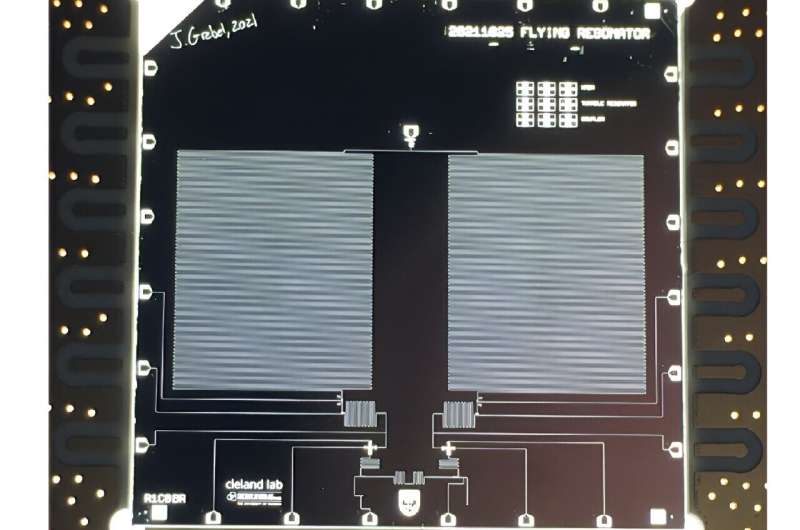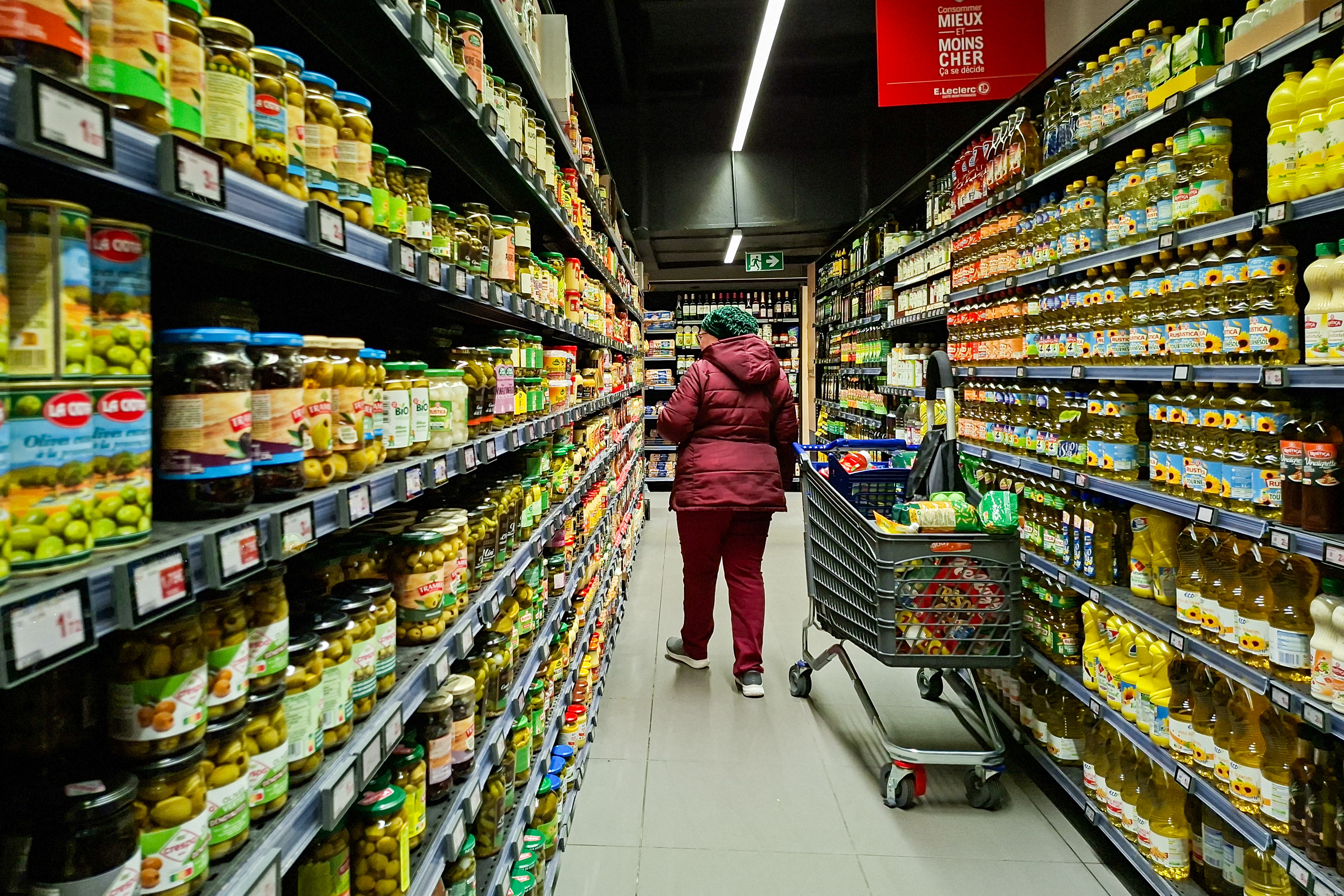Scientists Showcase Transfer of Multi-Photon State Between Distant Superconducting Nodes

The date is February 10, 2024.
The feature article you are about to read underwent a rigorous review process in accordance with Science X's editorial policies to ensure its credibility. The review process included the following stages:
- Fact-checking
- Undergoing peer-reviewed publication
- Utilizing trusted sources
- Proofreading
The article is brought to you by Ingrid Fadelli from Phys.org.
Quantum physicists and engineers over several decades have been attempting to construct dependable quantum communication systems. These systems are regarded as potential platforms for testing and improving communication protocols.
Recently, a fresh quantum communication testbed featuring remote superconducting nodes has been initiated by researchers from the University of Chicago. The testbed has demonstrated bidirectional multiphoton communication. Their research, published in Physical Review Letters, may create new possibilities for effectively communicating intricate quantum states in superconducting circuits.
Andrew Cleland, co-author of the paper, explains their aim is to develop superconducting qubits for modular quantum computing and as a quantum communication testbed. Both applications require the ability to coherently communicate quantum states between connected qubit 'nodes' on a sparse communication network, typically consisting of a single physical transmission line.
This recent study builds upon two previous pieces of research published in Nature Physics and Nature. These past studies demonstrated the generation of remote entanglement and transmission of complex quantum states, the latter being achieved one qubit at a time.
For their latest research, the team sought to simultaneously transmit complex quantum states that represented multiple qubits. They achieved this by loading the quantum state to be transmitted into a resonator and then sent the entire resonator state into the transmission line. A remote resonator was then used to capture it for subsequent analysis.
Resonators, which are devices showing electrical resonance, theoretically possess infinite quantum levels. Consequently, they potentially have the capability to store exceedingly complex states that encode multiple qubits' worth of data. This property could serve to boost the available bandwidth.
The experiment employed two superconducting qubits; each was linked to a tunable superconducting resonator. These resonators were then connected to a 2m-long transmission line via a variable coupler.
An individual superconducting qubit was employed to program various quantum states into its corresponding resonator. The resonator was then connected to the transmission line. The quantum state was released from the resonator into the transmission line and subsequently caught by the second resonator. This system is capable of transmitting in either direction.
The researcher's design enabled the simultaneous transmission of a two-photon Fock state in one direction and a one-photon Fock state in the other, as well as the separate transmission of superposed photon Fock states.
The generation of N00N states demonstrated entanglement between the two resonators. Culminating in the generation of states where one and two photons are ‘shared’ between the resonators. Ultimately, this research illustrates a potential route towards the efficient communication of more complex quantum states than single photons between two nodes.
The quantum communication testbed, introduced by Cleland and his colleagues, may pave the way for future advancements. One of these advancements could include distributed computing, with each circuit node performing computations and efficiently communicating results to another node. Alternatively, the system could be used to show cases where two nodes share a complex state and each performs distinct manipulations of this state.
In addition, Cleland suggests that their platform could be used for quantum communication. This implies that coded quantum information of some complexity could be transmitted in a singular transfer.
'We are now working on a number of different aspects of this experiment; for instance, we plan on increasing the number of nodes (which were two in our recent experiment), increasing the fidelity of the process, and exploring what is possible if we have more communication channels in parallel.'
Journal information: Nature , Physical Review Letters , Nature Physics , arXiv
© 2024 Science X Network




